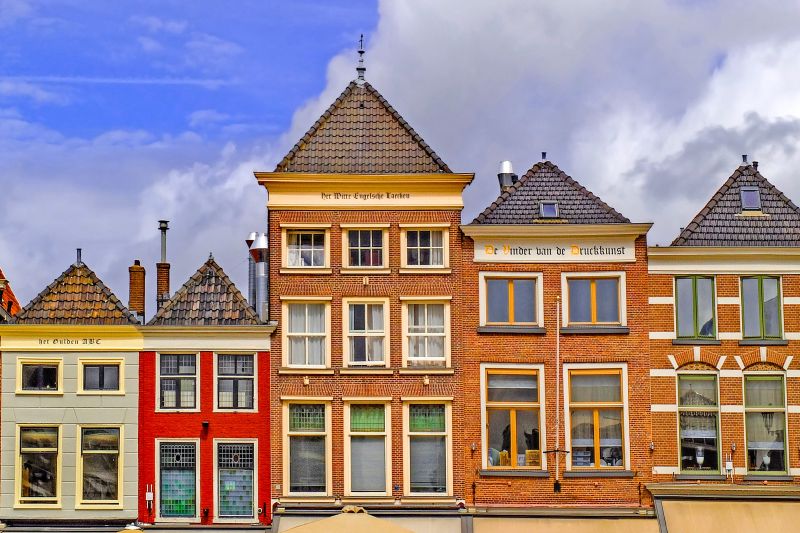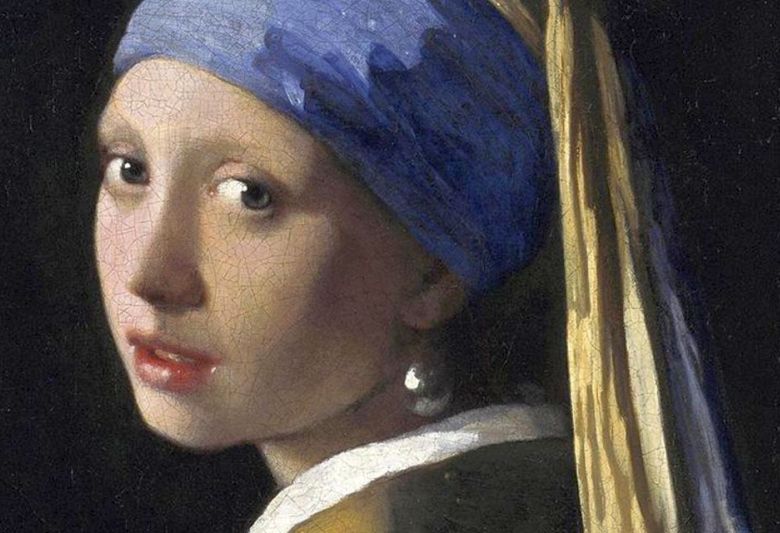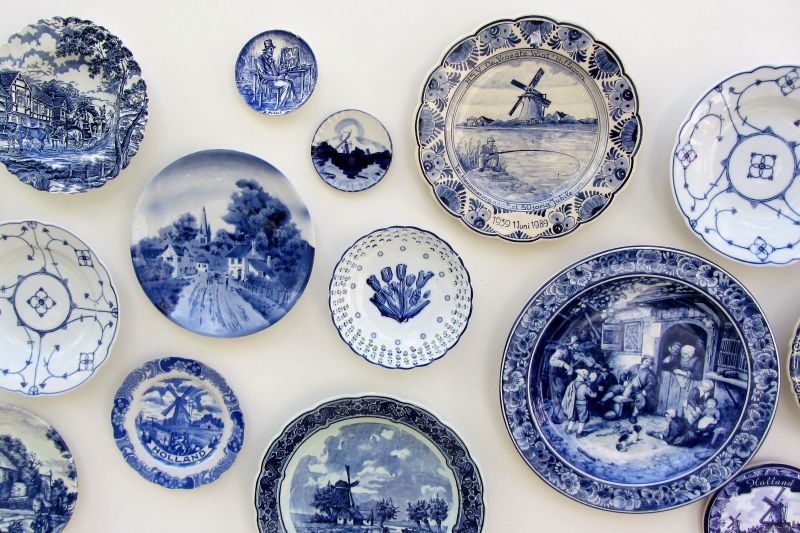Art and craft lovers aboard the hotel barge Panache in Holland wait with baited breath to reach the cruise’s last destination – Delft – the 750-year-old town that gave its name to the elegant blue porcelain that made it world-famous. Our Classic Holland Cruise offers guests the chance to visit the Royal Delft Pottery, as well as an afternoon to explore its charming streets and find out more about its quirks and history.
Delft: the Dutch Town of Pottery and Painters

A Place for Painters
One of the town’s most famous citizens was Johannes Vermeer, whose paintings give a snapshot of local domestic life in the seventeenth century. He was a member of the Delft School, along with other accomplished painters including Nicolaes Maes, Pieter de Hoogh and Carel Fabritius. Although their paintings – such as Vermeer’s most famous masterpiece, Girl with a Pearl Earring – hang in galleries all over the world, art lovers will be able to see the scenery that inspired so many artists as they trace the Dutch town’s streets and canals first-hand.

A Place for Potters
Around the time that members of the Delft School were immortalising the town in paint, another local industry was beginning to thrive. The Dutch East India Company had a healthy trading relationship with China, bringing back a large amount of highly desirable Chinese porcelain to European shores. However, when this trade waned after the death of the Wanli Emperor in 1620, Dutch potters tried to imitate the beautiful, sought-after Chinese porcelain.
This led them to develop a thin type of earthenware which they covered in a white glaze. By applying a second clear glaze, the fired surface and smooth cobalt blues – now known as ‘Delft Blue’ – took on the appearance of porcelain. Although initially the Dutch potters copied oriental decoration inspired by Chinese originals, they also used European patterns that became popular all over the world.

When Business Boomed
The local pottery industry went from strength to strength from 1640 to 1740, although in 1654, disaster struck the town when a huge gunpowder explosion, to be known as The Thunderclap, destroyed vast swathes of the city and killed or wounded thousands of people. Carel Fabritius, aforementioned member of the Delft School and student of Rembrandt, was killed in the blast.
The Thunderclap resulted in the decline of the brewing industry in the town. The potters, whose business was still thriving, took advantage of the abandoned breweries and bought up the spaces to expand their factories. A number of the famous potteries, including The Young Moors’ Head, The Three Bells and The Double Tankard, retained the names of the breweries they had taken over.
Pottery enthusiasts will love the visit to the Royal Delft Pottery, the last remaining earthenware factory still produces painstakingly handcrafted Delftware today. Read more about our cruise in Holland.
 English
English
 Spanish
Spanish French
French German
German Norwegian
Norwegian Portuguese
Portuguese Swedish
Swedish Italian
Italian Russian
Russian Simplified Chinese
Simplified Chinese Japanese
Japanese